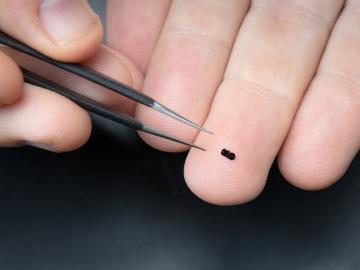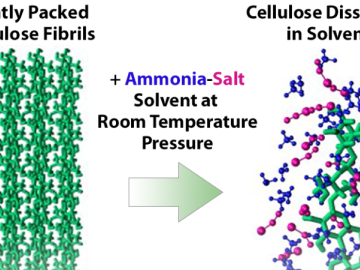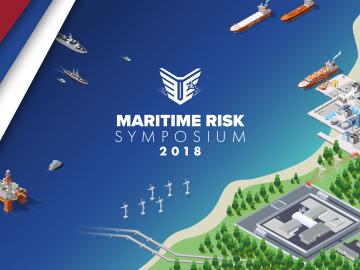
Filter News
Area of Research
News Topics
- (-) Artificial Intelligence (9)
- (-) Bioenergy (15)
- (-) Chemical Sciences (5)
- (-) Cybersecurity (7)
- (-) Exascale Computing (3)
- (-) Nanotechnology (26)
- (-) Transportation (22)
- 3-D Printing/Advanced Manufacturing (33)
- Advanced Reactors (15)
- Big Data (12)
- Biology (6)
- Biomedical (27)
- Biotechnology (2)
- Buildings (1)
- Clean Water (3)
- Composites (4)
- Computer Science (53)
- Coronavirus (25)
- Critical Materials (3)
- Energy Storage (23)
- Environment (32)
- Frontier (1)
- Fusion (17)
- Grid (10)
- High-Performance Computing (3)
- Isotopes (14)
- Machine Learning (8)
- Materials (2)
- Materials Science (47)
- Mathematics (2)
- Mercury (2)
- Microscopy (13)
- Molten Salt (6)
- National Security (2)
- Neutron Science (45)
- Nuclear Energy (41)
- Physics (22)
- Polymers (12)
- Quantum Science (17)
- Security (10)
- Space Exploration (4)
- Summit (19)
Media Contacts

Rigoberto “Gobet” Advincula has been named Governor’s Chair of Advanced and Nanostructured Materials at Oak Ridge National Laboratory and the University of Tennessee.

Liam Collins was drawn to study physics to understand “hidden things” and honed his expertise in microscopy so that he could bring them to light.

A typhoon strikes an island in the Pacific Ocean, downing power lines and cell towers. An earthquake hits a remote mountainous region, destroying structures and leaving no communication infrastructure behind.

Researchers have developed a new process that could make it much cheaper to produce biofuels such as ethanol from plant waste and reduce reliance on fossil fuels.

Scientists at have experimentally demonstrated a novel cryogenic, or low temperature, memory cell circuit design based on coupled arrays of Josephson junctions, a technology that may be faster and more energy efficient than existing memory devices.

Researchers across the scientific spectrum crave data, as it is essential to understanding the natural world and, by extension, accelerating scientific progress.

Scientists at the Department of Energy’s Oak Ridge National Laboratory have created a recipe for a renewable 3D printing feedstock that could spur a profitable new use for an intractable biorefinery byproduct: lignin.
![2018-P07635 BL-6 user - Univ of Guelph-6004R_sm[2].jpg 2018-P07635 BL-6 user - Univ of Guelph-6004R_sm[2].jpg](/sites/default/files/styles/list_page_thumbnail/public/2018-P07635%20BL-6%20user%20-%20Univ%20of%20Guelph-6004R_sm%5B2%5D.jpg?itok=hUSyvkP0)
A team of scientists, led by University of Guelph professor John Dutcher, are using neutrons at ORNL’s Spallation Neutron Source to unlock the secrets of natural nanoparticles that could be used to improve medicines.

Thought leaders from across the maritime community came together at Oak Ridge National Laboratory to explore the emerging new energy landscape for the maritime transportation system during the Ninth Annual Maritime Risk Symposium.

Carbon fiber composites—lightweight and strong—are great structural materials for automobiles, aircraft and other transportation vehicles. They consist of a polymer matrix, such as epoxy, into which reinforcing carbon fibers have been embedded. Because of differences in the mecha...


